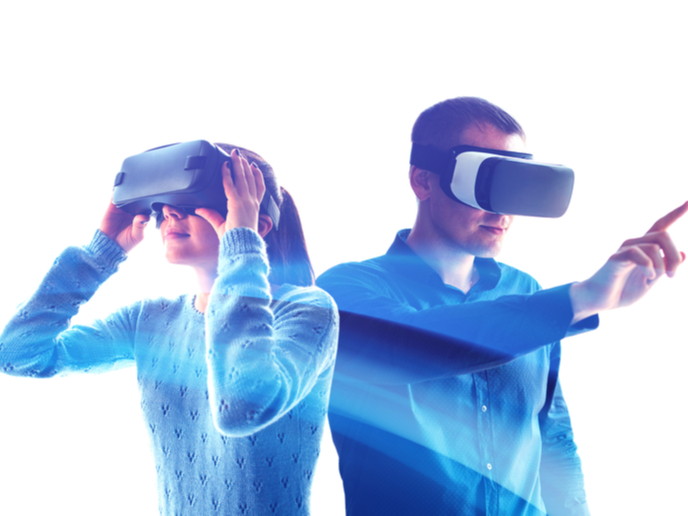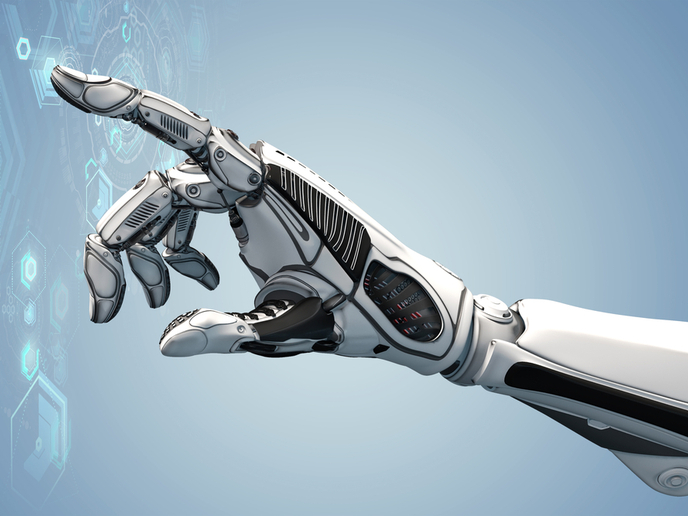Augmented reality and wearable technology transforming industrial learning and training
The EU-funded WEKIT project developed and tested a novel method for industrial training enabled by smart wearable technology. It built “a ground-breaking, industrial-strength learning technology platform and devised a unique methodology to capture expert experience and share it with trainees in the process of allowing immersive, in situ and intuitive learning,” says coordinator Maurizio Ferraris. WEKIT mobilised a community of stakeholders – WEKIT.club – to roadmap safe skill pathways for use with technology-enhanced learning in changing industrial landscapes. The roadmap outlines the key driving factors, actions and timeframes that will enable WEKIT to shape knowledge-intensive training practices, technologies, standards and business models in many industries. “The aim is to ensure high take-up by early adopters in the industry,” notes Ferraris.
Technology platform for augmented reality captures workplace experience
The project team developed a final prototype of a technology platform for authoring and executing learning experiences called WEKIT.one. It’s based on a thorough analysis of industrial needs and validated through user tests. WEKIT.one enhances human abilities to acquire procedural knowledge by providing a smart system that directs attention to where it’s most needed. Experience capturing is a key component of WEKIT.one creating training content, demonstrating the necessary steps. Another key component is experience re-enactment. It replays previously created recordings of experience stored in a cloud repository, providing different options of the user interface. Researchers assessed the wearable experience principle and trialled the WEKIT.one prototype in three industrial use cases involving aeronautics, healthcare engineering and space. About 400 people participated in these industrial trials, using WEKIT.one to create learning experiences and train themselves in various procedures specific to their areas of expertise.
Augmented reality, wearable technology optimise learning and training
Project partners delivered a framework & training methodology designed for augmented reality (AR) smart glasses and wearable sensors, and developed wearable design solutions in the form of two garments containing sensors. The sensors are all powered and controlled by a bespoke wearable printed circuit board. Garment design, prototyping and evaluation were based on workshops that involved leading industry experts in aviation, medical engineering and space. They developed a system for post-analysis of AR-based learning and biofeedback data, and a dashboard that displays live sensor data. The WEKIT team also created an original instructional design method that visualises an expert’s whole-body movement or a trainee’s earlier recording for the purposes of imitation and reflection. “WEKIT brings learning content and technical documentation to life via task-sensitive AR, making industrial training more efficient, affordable and engaging,” says Ferraris. “New smarter products and services will significantly improve workflows, enhancing the training and retraining of workers whose skill sets need upgrading after the fourth industrial revolution.”
Keywords
WEKIT, WEKIT.one, augmented reality, AR, wearable technology, industrial training, learning and training, , learning experiences







